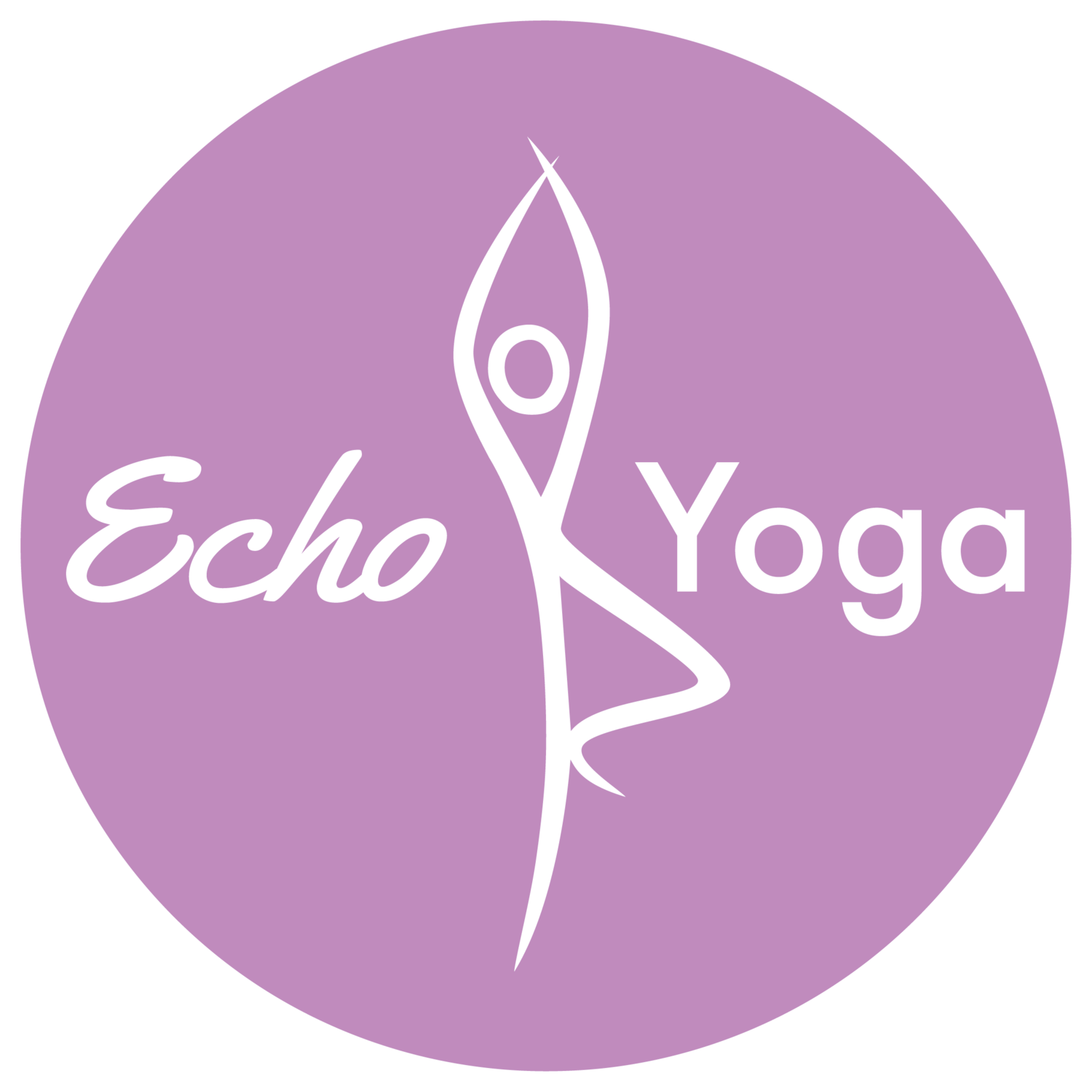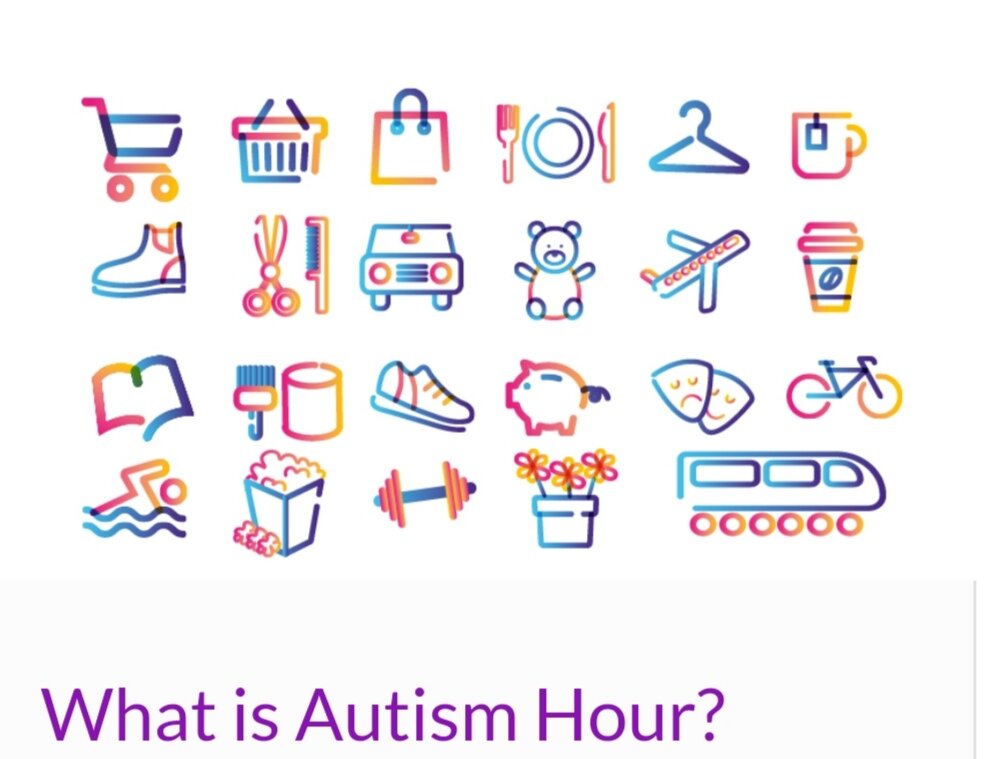Autism Hour Yoga
October is autism hour for the National Autistic Society, UK (NAS). In 2018 over 11,000 organisations and public services participated in the campaign. By becoming autism aware and making changes to their services for 1 hour a week, these organisations made their environments autism friendly. There are 700,000 people with autism in the UK. Over 99% of people have heard of autism, but only 16% of people with autism feel the public understand them. (NAS)
What does that mean?
For many people with autism, the world can be full of too much information - and too little understanding. (NAS)
For many businesses they have reviewed their lighting and noise levels. This includes subdued lighting, no music, reduction in background noises and cashier tills. The resulting ambiance helped reduce the overall noise within the business or shopping area. Employees are trained in becoming autism aware particularly how they can assist people who have autism when using their services or using their businesses.
Yoga and Autism? I teach yoga to adults with varying learning disabilities including autism and i see in my classes how everyone benefits from yoga. Yoga is an ideal form of exercise for people with autism as its non competitive, there is clear communication with movement during practice of postures (asana), people have their own personal space on their mat and calmness is maintained with breath work (pranayama)
How can this be applied to Yoga?
1. Communication:
Direct communication throughout the class. In particular clearly explain class structure so that people know what to expect during the class.
Use clear and precise verbal instructions for poses. You may need to repeat instructions and demonstrate the pose.
Break down poses into basic, simple movements and allow time between changes of poses or flow of poses. Some people may have poor coordination and you may need to slow down the class routines.
Be patient, calm, understanding and give positive feedback on achievement.
2. Pose adjustments:
Do not use hands on adaptation unless the person is happy for you to use hands in technique. Respect their personal space.
3. Environment and Noises:
Keep a calm quiet environment
Use subdued low lighting
No music unless all agree to calm ambient music.
No strong smells such as incense, candles or diffusers.
Check lavender in eye pillows and whether this is acceptable to individuals.
Keep equipment to a minimum to avoid anxiety about the use of the equipment.
Avoid holding an autism hour class when there is a planned testing of the fire alarm.
Reduced noises of people at class changes. Consider how this can be achieved within your studio or class venue.
Allow payment for classes online or with minimum noise from a cashier till.
4. Relaxation
Relaxation in Shavasana may be the only time this person is able to let go of the tension in their body.
Consider meditation and/or yoga nidra.
Allow extra time for shavasana.
These are some of the ways that you can make your yoga class a welcoming environment for people with autism. This can make a real difference to the lives of people with autism who would love to try yoga for the physical and emotional well-being practising yoga brings. Check out https://www.autism.org.uk/get-involved/campaign/autism-hour.aspx for further information how you can get involved in austism friendly communities within the UK.
If you would like further information about teaching yoga to adults with autism please contact me via echoyoga@hotmail.com
I would welcome your comments either as a yogi with autism, carer, or a teacher. We can all learn from each other.




